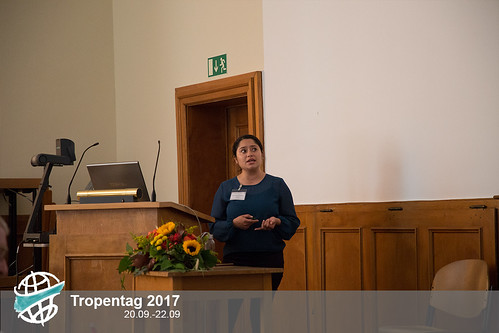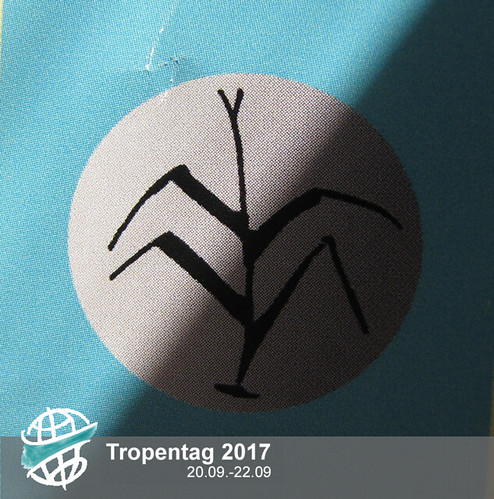climate mitigation
The Ice is Melting! Perceptions of Climate Change in Peru
Thu, 09/21/2017 - 18:01 — giulia.rotanodari71% of tropical glaciers in South America are found in Peru and the ongoing increase in the average global temperature is causing their retreat in many areas, threatening livelihoods.
Yaremi Karina Cruz Rivera, from Cologne University of Applied Sciences, analyzed the perceptions of climate change of four communities living in the surrounding area of the Chicon glacier, one of the highest tropical glaciers in Peru, and the source of water for the Chicon Watershed. The four communities make use of the water in this area for human consumption and agriculture.

The aim of the investigation was to assess the awareness of the communities, in particular of women, of the hazards linked to climate change. Results showed that people perceive that temperatures are increased and extreme climactic events such as droughts, floods and frosts have occurred frequently in the last decade, but drought is the most imminent challenge.
The four communities demonstrated an awareness of the threat of climactic change to agriculture and their livelihoods, leading to an interest in implementing activities and ecological approaches, such as afforestation in the watershed together with the local government.

Better in the Ground than in the Freezer
Thu, 09/21/2017 - 14:13 — marlemkeWhile Global Crop Diversity Trust, as pointed out by Elena Popova in her oral presentation, accumulates more than 757, 000 seeds in their “Nordic gene bank” (NordGen) in Norway, a US$ 9 million project, smallholder farmers from all over the world simply cultivate grow theirs in the form of landraces to sustain themselves.
I believe we have to critically evaluate this development. On one hand, it’s good to have this reservoir of different crop plants and more than 80.000 seeds are distributed to farmers in 157 countries in the global South from the seed banks. On the other hand, resistance traits related to climate change such as drought tolerance and water logging don’t develop over night – and still less in a seed bank, possibly decades being stored there.
We need more biodiversity, but in the fields, not in the refrigerator.





